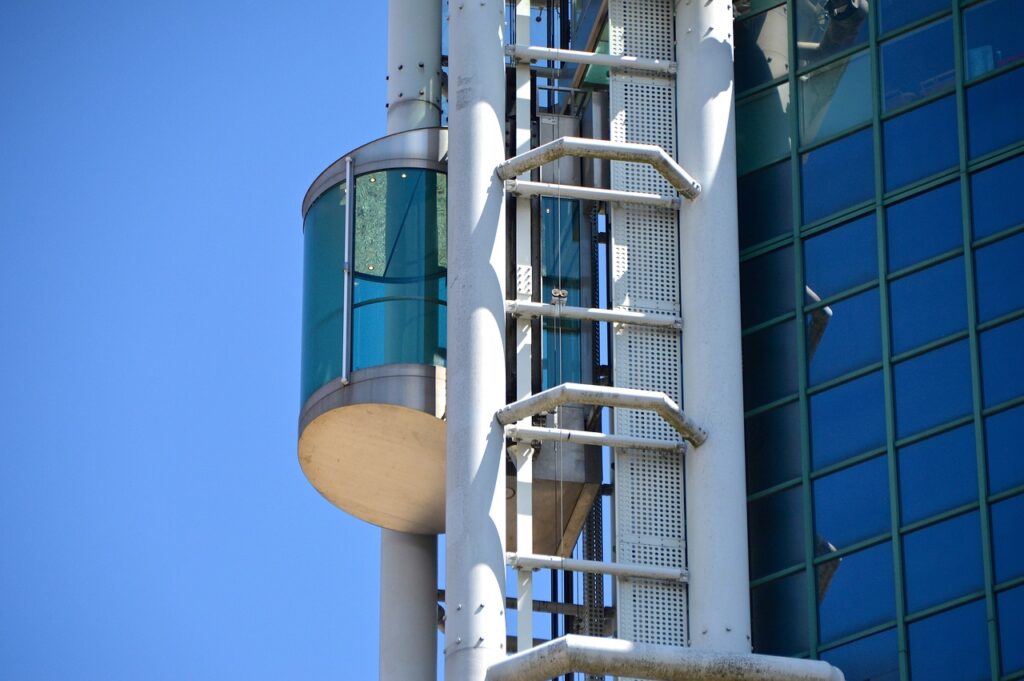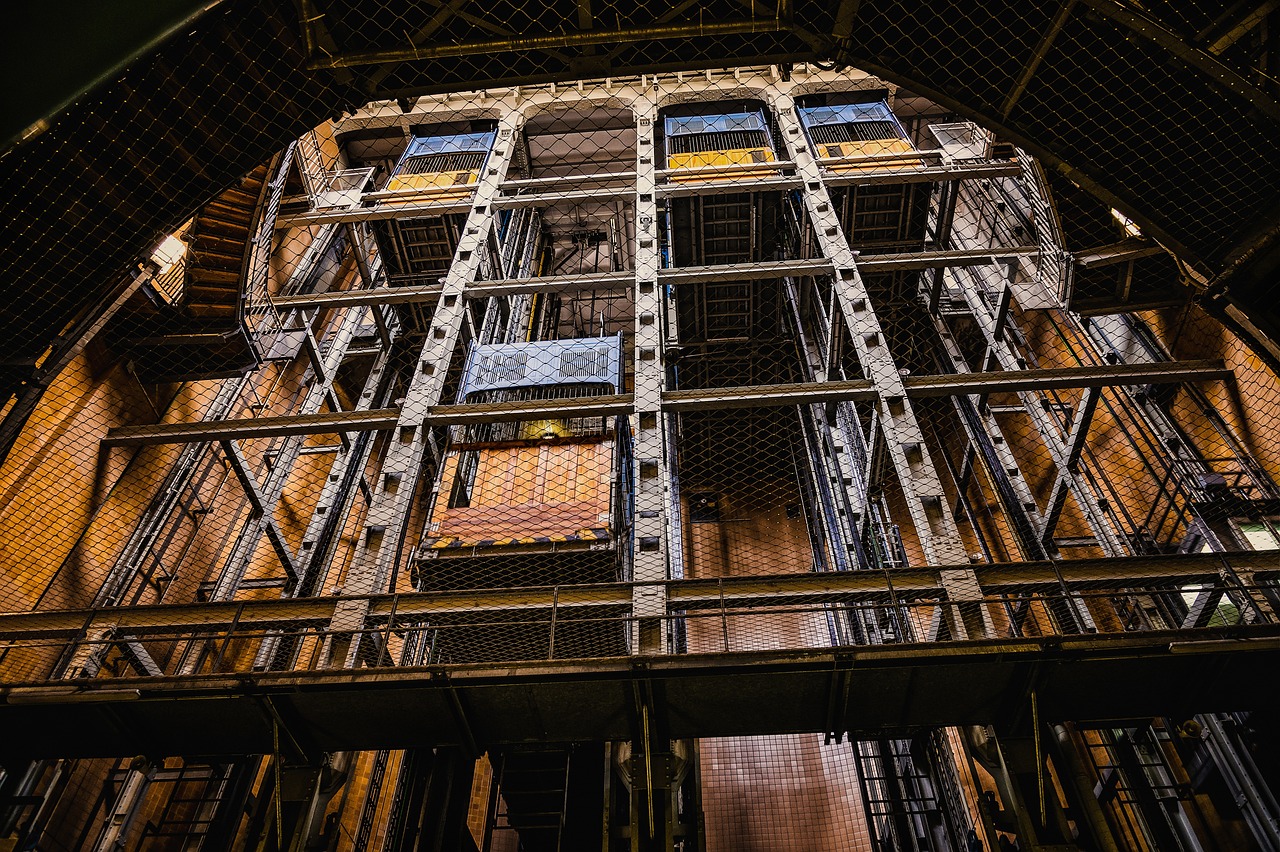Being trapped in an elevator can be a harrowing experience for anyone. The feeling of being confined, with no sense of what’s happening beyond the walls, is understandably unsettling. But why do elevators break down in the first place? The answer lies in a combination of mechanical, environmental, and human factors. Let’s delve into these factors and explore how innovations are changing the landscape of elevator maintenance.
1. The Importance of Preventive Maintenance
Preventive maintenance remains the cornerstone of reliable elevator performance. Regularly scheduled inspections, testing, and part replacements are crucial to minimizing breakdowns. Without this, even the most advanced elevators can become prone to premature failure.
In the past, maintenance schedules were largely determined by usage patterns and time intervals, but with advancements in predictive maintenance technologies, the industry is shifting toward smarter, more efficient systems. Elevators can now integrate Internet of Things (IoT) sensors, which monitor performance in real-time and predict when components are likely to fail. This allows service providers to address potential issues before they disrupt operations, ensuring continuous performance.
2. The Role of Elevator Age and Design
Age is often cited as a key factor in elevator failures, and while older systems can become more vulnerable to breakdowns, it’s not the only contributor. Some elevators built decades ago still operate smoothly today because they’ve been properly maintained and updated with modern components. What’s critical is how well the elevator has been cared for over its lifespan.
Today’s elevators benefit from cutting-edge designs and materials that increase their durability and efficiency. Energy-efficient systems, for example, use less power and generate less wear and tear on components, extending their operational life. New elevators are also increasingly built with smart safety systems that automatically adapt to unexpected situations, further reducing the chance of failure.
3. Environmental and Usage Factors
Elevator performance isn’t just affected by its age or design; external factors play a significant role as well. High-traffic buildings, such as commercial complexes, experience greater wear due to frequent usage, requiring more frequent maintenance. Elevators in regions with extreme climates—whether exposed to high humidity, temperature fluctuations, or salt from coastal air—also experience accelerated wear on their mechanical and electrical components. Adapting maintenance strategies to these conditions is essential to keeping elevators running smoothly.
4. The Impact of Human Error
While elevator technology has advanced dramatically, human error remains a persistent factor in breakdowns. Improper use, such as overloading or tampering with doors, can lead to malfunctions. Poorly trained maintenance staff can also contribute to issues, as improper servicing or neglect can exacerbate wear on critical components. Investing in up-to-date training programs for elevator technicians is essential to ensuring that human factors don’t undermine an otherwise well-functioning system.
5. Early Signs of Neglect and Their Consequences
Elevators that show signs of frequent breakdowns shortly after installation or within the first decade of use are often victims of neglect. This could stem from improper installation, low-quality components, or insufficient attention to routine maintenance. Early failures are a signal that intervention is required. Building owners, elevator contractors, and consultants should collaborate to assess the root causes and devise both immediate and long-term strategies to mitigate these issues.
6. Planning for Future Reliability and Modernization
As elevators age, it becomes inevitable that certain systems will need to be modernized. Elevators are composed of various subsystems, each with its own life cycle. For instance, mechanical components such as hoist ropes or motors might need more frequent replacement than control systems. Today’s elevators are increasingly equipped with microprocessor controllers and smart AI-driven algorithms that can optimize performance by analyzing traffic patterns in real time, reducing wear on parts, and improving energy efficiency.
Planning for modernization doesn’t just mean reacting to failures—it requires foresight and investment in technology that will make the elevator more reliable in the long run. A good modernization plan should be integrated into a building’s overall management strategy, ensuring that upgrades are conducted without disrupting daily operations. This may involve upgrading not just individual components but the entire system, from improved safety features to better performance in handling peak traffic.
7. The Future of Elevator Maintenance: Predictive Analytics and AI
The future of elevator reliability lies in the integration of artificial intelligence (AI) and predictive analytics. AI-powered systems are now being deployed to monitor and analyze the performance of elevators in real-time, identifying potential issues before they occur. These systems not only track the mechanical health of elevators but also learn from historical data to predict the exact timing of component failures. This means that maintenance can be scheduled at the most optimal time—just before a failure would have occurred—minimizing downtime and ensuring continuous operation.
Moreover, machine learning models can optimize the frequency of maintenance based on usage patterns, environmental conditions, and historical performance. This innovation marks a significant leap forward from traditional time-based maintenance, making elevators more reliable and cost-efficient to operate.

Conclusion: Proactive Strategies for Elevator Health
Elevator reliability hinges on a combination of proactive maintenance, adaptation to environmental factors, and the adoption of modern technologies. By integrating AI and IoT-driven monitoring systems, building owners and service providers can ensure elevators remain in optimal condition for many years to come. Planning for inevitable repairs and modernizations is essential to maintaining safety and efficiency in the long term.
With smarter, predictive maintenance strategies, and continued collaboration between building owners, contractors, and consultants, the future of elevator operation looks promising—and much more reliable.



